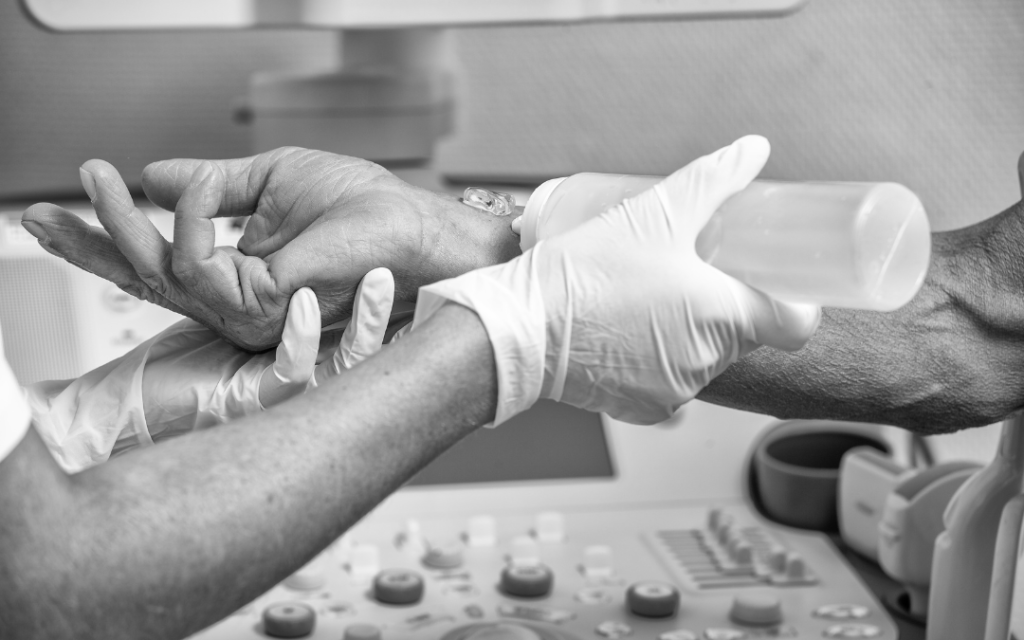What is Carpal Tunnel Syndrome(CTS)?
Carpal Tunnel Syndrome (CTS) is a common condition characterized by numbness, tingling, and pain in the hand and fingers. It occurs due to the compression of the median nerve as it passes through the carpal tunnel, a narrow passageway in the wrist. The condition is often treated with Carpal Tunnel Release (CTR), a surgical procedure that involves cutting the ligament that forms the roof of the carpal tunnel. While traditional CTR is effective, it can be associated with significant postoperative pain, scarring, and longer recovery times. However, with the advent of ultrasound-guided CTR, there is now a superior approach that is less invasive and has better outcomes.
Ultrasound-guided CTR is a minimally invasive procedure that utilizes real-time ultrasound imaging to guide the physician in releasing the carpal tunnel. The surgeon uses the ultrasound image to visualize the anatomy of the wrist, locate the median nerve, and identify the ligament that needs to be released. This technique allows for more precise incision placement, which can reduce the risk of injury to surrounding tissues and blood vessels.
There are several advantages to ultrasound-guided CTR over the traditional approach.
First and foremost, it is less invasive. The procedure is performed through a smaller incision, resulting in less postoperative pain, fewer complications, and a quicker recovery time. The smaller incision also means that there is less scarring and a lower risk of nerve damage.
Another advantage of ultrasound-guided CTR is that it can be performed under local anesthesia. This means that the patient is awake during the procedure and can provide feedback to the surgeon. It also eliminates the need for general anesthesia, which carries its own risks.
Ultrasound-guided CTR is also a more cost-effective approach. Since the procedure can be performed under local anesthesia, there is no need for an anesthesiologist, which can significantly reduce the cost of the procedure and can be performed in the office setting instead of a surgical center or hospital. Additionally, the shorter recovery time means that the patient can return to work and normal activities sooner without physical therapy, which can further reduce the overall cost of care.
In conclusion, ultrasound-guided CTR is an alternative to traditional CTR. It is less invasive, has better outcomes, and is more cost-effective. The use of real-time ultrasound imaging allows for a less invasive release of the carpal tunnel, resulting in better outcomes and a lower risk of complications. As such, patients with CTS should consider ultrasound-guided CTR as a treatment option.
- Rojo-Manaute, J. M., Capa-Grasa, A., Rodríguez-Maruri, G. E., Moran, L. M., Martínez, M. V., & Martín, J. V. (2013). Ultra-minimally invasive sonographically guided carpal tunnel release. Journal of Ultrasound in Medicine, 32(1), 131–142. https://doi.org/10.7863/jum.2013.32.1.131



